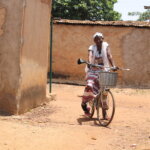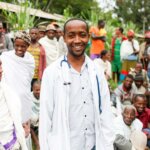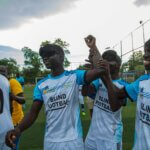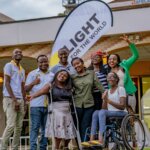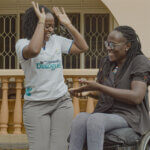- Disability Rights
This International Women’s Day, Light for the World’s gender expert Mathilde Umuraza tells us why a woman’s many identities need to be considered when fighting for equality.
I’ve worked on gender and gender-based violence for many years before coming to Light for the World in 2022.
Growing up in Rwanda, I spent my childhood between home and rehabilitation centres. I developed a disability when I was young and the barriers I faced in daily life became almost unbearable. I remember people regularly stared, bullied me and called me names like “ikimuga” – literally “broken pot” in Kinyarwanda. They never called me by my real name, but by the disability. It really hurt me.
As if that wasn’t bad enough, my gender also became a burden. In Rwanda, a woman or girl’s value is based on her ability to fulfil domestic and reproductive roles. Women with disabilities, however, are viewed as asexual and barren. They are also perceived as weak and incompetent to carry out household chores, which increases the risk of stigma and exclusion. Being a girl and having a disability, I have experienced constant rejection, exclusion and a sense of worthlessness.
University activism
Despite all this, I made it to university in 2000. Proud, energetic and confident, I hoped that my situation and that of many young women with disabilities would change for the better. I immediately joined the disability movement and the women’s movement. But yet again, I came to realise how badly girls and women with disabilities were side-lined – even by movements that were meant to be fighting for their rights.
Both movements were insensitive to the diversity of their group members, especially to women with disabilities. Once, I raised concerns about sexual abuse and gender-based violence which was happening (actually or suspected) within our disability organisation, but it was not taken seriously. Similarly, disability concerns were neglected within the gender movement. For two years, I tried to push for the intersection between gender and disability in vain.
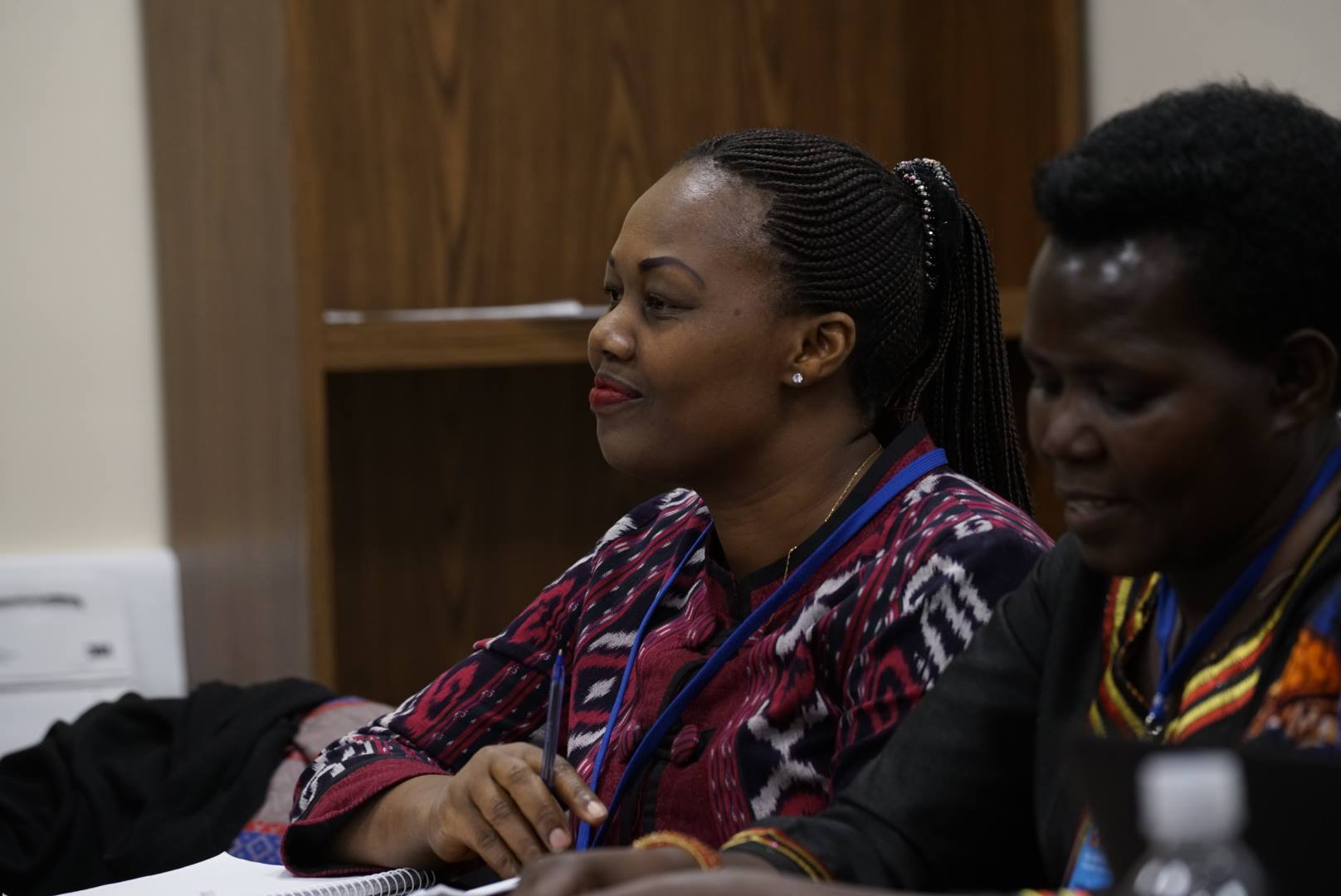
Since neither movement was genuinely making space for these conversations, in 2002, I decided to begin a self-help group for young women with disabilities on campus. Two years later I graduated as a social worker. In my professional career, I continued to engage with organisations of people with disabilities (OPDs) nationwide. But priorities were placed elsewhere, and gender remained a marginal focus – if at all – for most OPDs.
In 2014, together with my fellow women with disabilities, I founded UNABU, the first organisation of women with disabilities in Rwanda. Our focus is firmly on the intersection between gender and disability, and I chaired the organisation for eight years.
Gender equality in eye health
My complex identity as a woman with a disability would push me to always look at gender issues through an intersectional lens. Since coming to Light for the World, I’ve applied this principle to gender equality in eye health, for instance.
According to a 2020 report by the International Agency for the Prevention of Blindness (IAPB), women are 8 percent more likely to be blind than men. First, because on average, women live longer than men and therefore are at greater risk of developing age-related eye conditions. Second, because gender norms and roles particularly in low- and middle-income countries limit women’s access to eye health services for prevention, screening and further care. The situation for rural women is even worse.
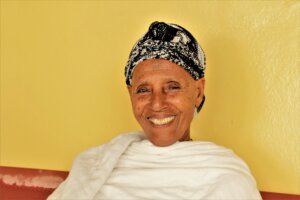
Take trachoma. Trachoma is caused by the chlamydia bacteria infecting the eye. It’s the number one infectious cause of preventable blindness and affects women 1.8 times more than men. This is in part because the infection can pass easily from children to adults. And because of traditional gender roles, rural women particularly are more likely to care for children, and therefore at greater risk of being infected. Traditional roles and the associated power relations mean that rural women are also less likely to seek treatment early, which means they are more likely to go blind.
Taking an intersectional approach that takes women’s many complex identities into consideration is the only way to find a workable solution – and to make sure women don’t keep losing their sight to a totally preventable condition.
Inspirational women
Finding solutions to problems like these takes the unique vision of people who understand these issues from the inside. The truth is, women and girls with intersectional identities multiply opportunities and use them for good.
I’ve met many empowered girls and women with disabilities who are pushing for change. At Light for the World, I’ve loved the story of Jane Waithera. Jane has albinism. She was first trained as a disability inclusion facilitator and is now a disability inclusion advisor at Light for the World in Kenya.
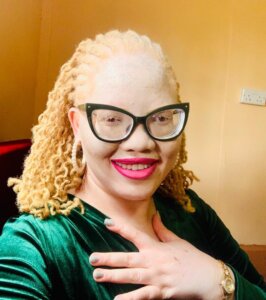
She has overcome a lot to achieve this. People with albinism have been arbitrarily killed and their body parts trafficked in East Africa. Jane could have ended up locked up at home in fear and kept out of sight because of prevailing attitudes towards women. But Jane is an outspoken activist and one of the founding members of a network for women with disabilities in Kenya. She’s an international speaker who embodies the power of intersectionality.
Like Jane I, too, have defied the odds. I went on to achieve a lot in life, which surprised many people who called me all sorts of names when I was younger. Once I became successful, they couldn’t believe that I – a person, a woman with a disability – had achieved what I had.
As women, we face a lot of expectations, but I don’t care about stereotypes. Gender and disability do not define me.
I am independent.
I am a successful woman.
